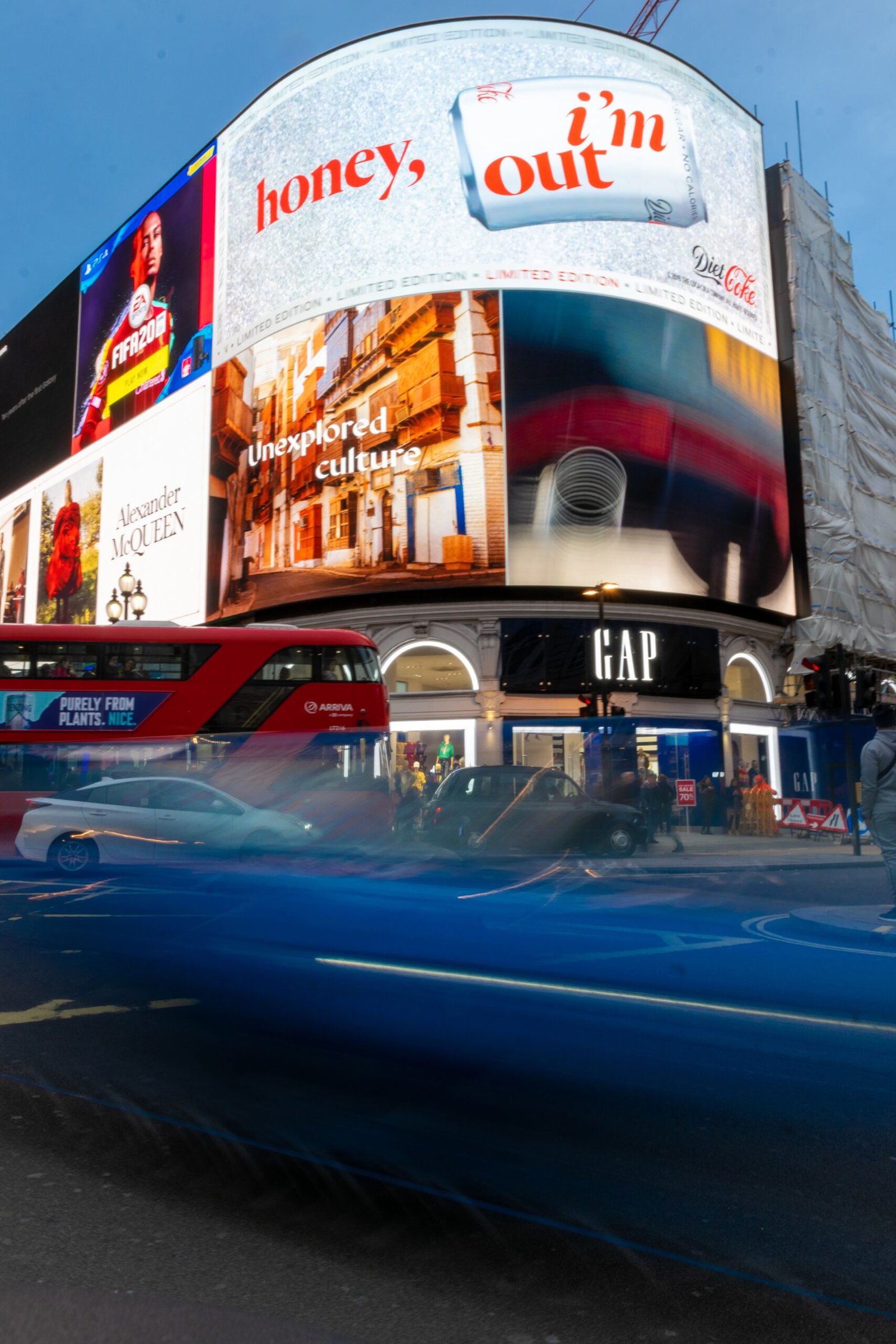Introduction
Graphic design is a powerful art form that combines creativity and technology to communicate ideas and messages visually. It plays a crucial role in our daily lives, from the logos we recognize to the advertisements that catch our attention. In this blog post, we will explore the world of graphic design, its importance, and the skills required to create stunning visual masterpieces.
The Importance of Graphic Design
Graphic design is more than just making things look visually appealing. It is about effectively communicating a message or an idea through visual elements. Whether it’s a website, a magazine layout, or a product packaging, graphic design helps to create a strong first impression and engage the audience.
Good graphic design can enhance brand identity, establish credibility, and influence consumer behavior. It has the power to evoke emotions, convey information, and tell stories without the need for words.
The Skills of a Graphic Designer
Being a graphic designer requires a unique set of skills and a keen eye for detail. Here are some essential skills that every graphic designer should possess:
- Creativity: Graphic designers need to think outside the box and come up with innovative ideas that stand out.
- Typography: Choosing the right fonts and arranging them harmoniously is crucial in creating visually appealing designs.
- Color Theory: Understanding color psychology and how different colors work together is essential for creating effective designs.
- Layout and Composition: Knowing how to arrange elements on a page and create a balanced composition is key to creating visually pleasing designs.
- Software Proficiency: Graphic designers need to be proficient in industry-standard software like Adobe Photoshop, Illustrator, and InDesign.
The Process of Graphic Design
Graphic design is a multi-step process that involves research, ideation, creation, and refinement. Here is a simplified overview of the graphic design process:
- Research and Analysis: Understanding the client’s requirements, target audience, and competitors is essential for creating effective designs.
- Ideation and Sketching: Brainstorming ideas and sketching rough concepts helps in visualizing the design direction.
- Creation and Refinement: Using design software, the designer brings the concept to life, refining and iterating until the final design is achieved.
- Delivery and Feedback: Presenting the design to the client for approval and incorporating their feedback for further refinement.
Conclusion
Graphic design is a powerful tool that can captivate, inform, and inspire. It requires a combination of artistic skills, technical knowledge, and a deep understanding of the target audience. Whether you are a professional graphic designer or someone interested in the field, honing your skills and staying updated with the latest trends is crucial to creating visual masterpieces that leave a lasting impression.

Leave a Reply